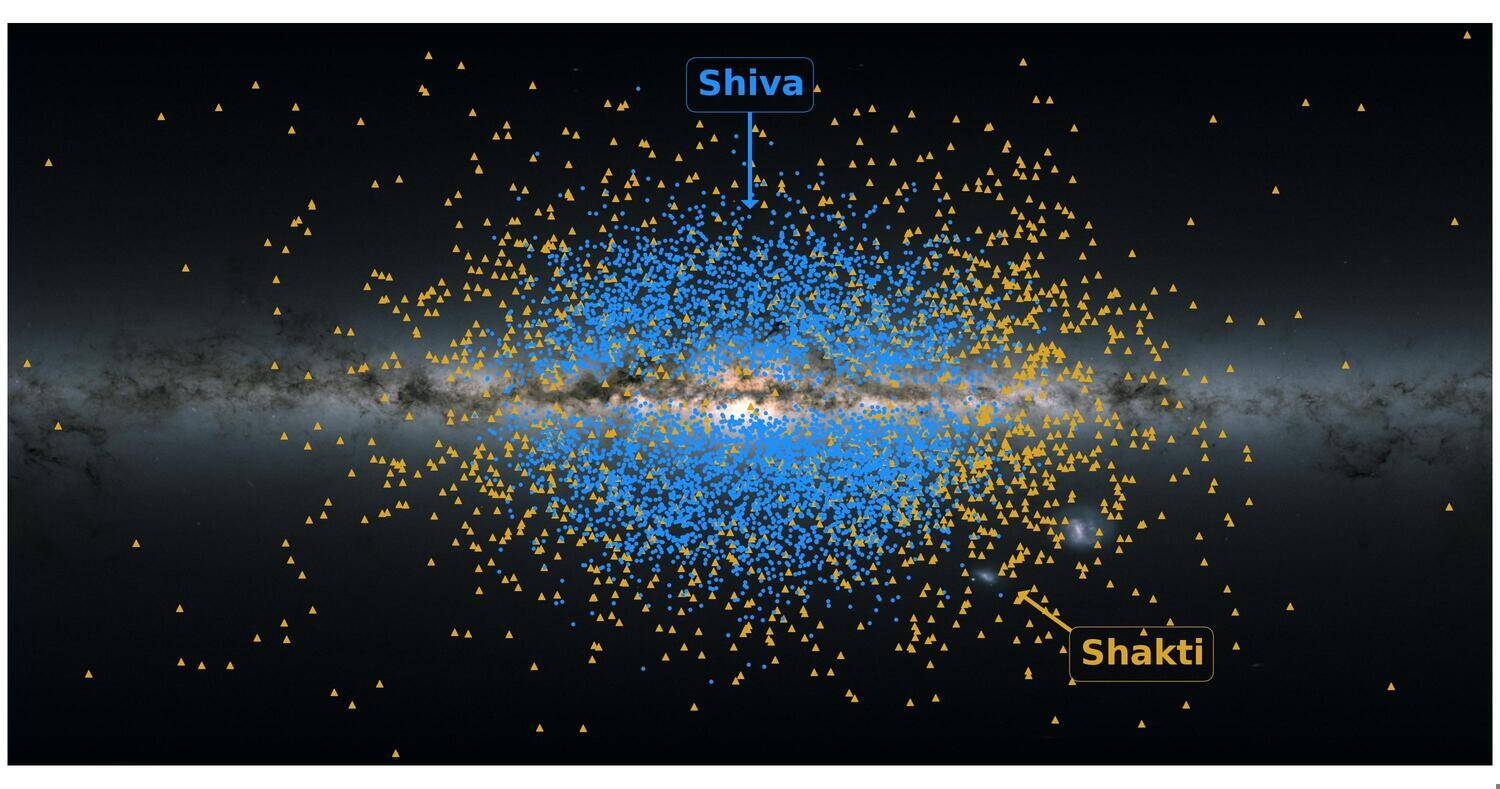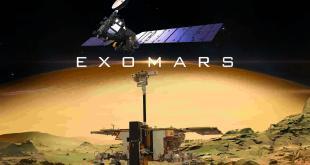
Ibadan, 25 March 2024. – The European Space Agency (ESA)’s Gaia space telescope has discovered two surprising streams of stars that formed and wove together over 12 billion years ago. The two streams, named Shakti and Shiva, helped form the infant Milky Way. Both are so ancient that they likely formed before even the oldest parts of our present-day galaxy’s spiral arms and disc.
Each stream contains the mass of about 10 million Suns, with stars of 12 to 13 billion years in age, all moving in very similar orbits with similar compositions. Furthermore, their distribution suggests that they may have formed as distinct fragments that merged with the Milky Way early in its life. Both streams lie towards the Milky Way’s heart, and Gaia explored this part of the Milky Way in 2022 using a kind of ‘galactic archaeology’. This showed the region to be replete with the oldest stars in the entire galaxy, all born before the disc of the Milky Way had even properly formed.
Speaking on the discovery, Khyati Malhan of the Max Planck Institute for Astronomy (MPIA) in Heidelberg, Germany, who led the research, said, “What’s truly amazing is that we can detect these ancient structures at all. The Milky Way has changed so significantly since these stars’ birth that we wouldn’t expect to recognize them so clearly as a group – but the unprecedented data we’re getting from Gaia made it possible.”
Likewise, Co-Author Hans-Walter Rix explained, “The stars there are so ancient that they lack many of the heavier metal elements created later in the Universe’s lifetime. These heavy metals are those forged within stars and scattered through space when they die.”





